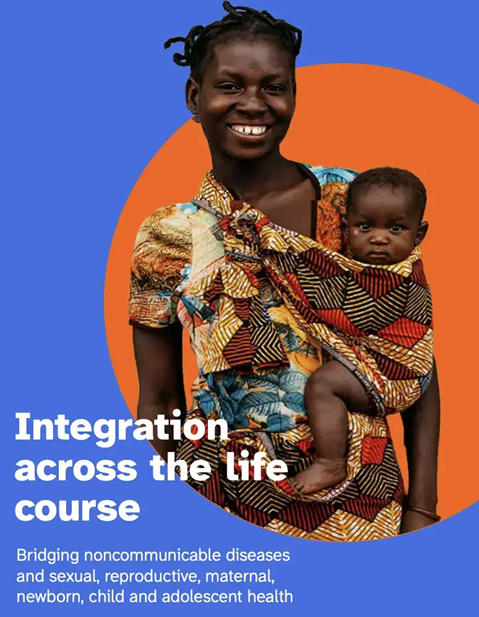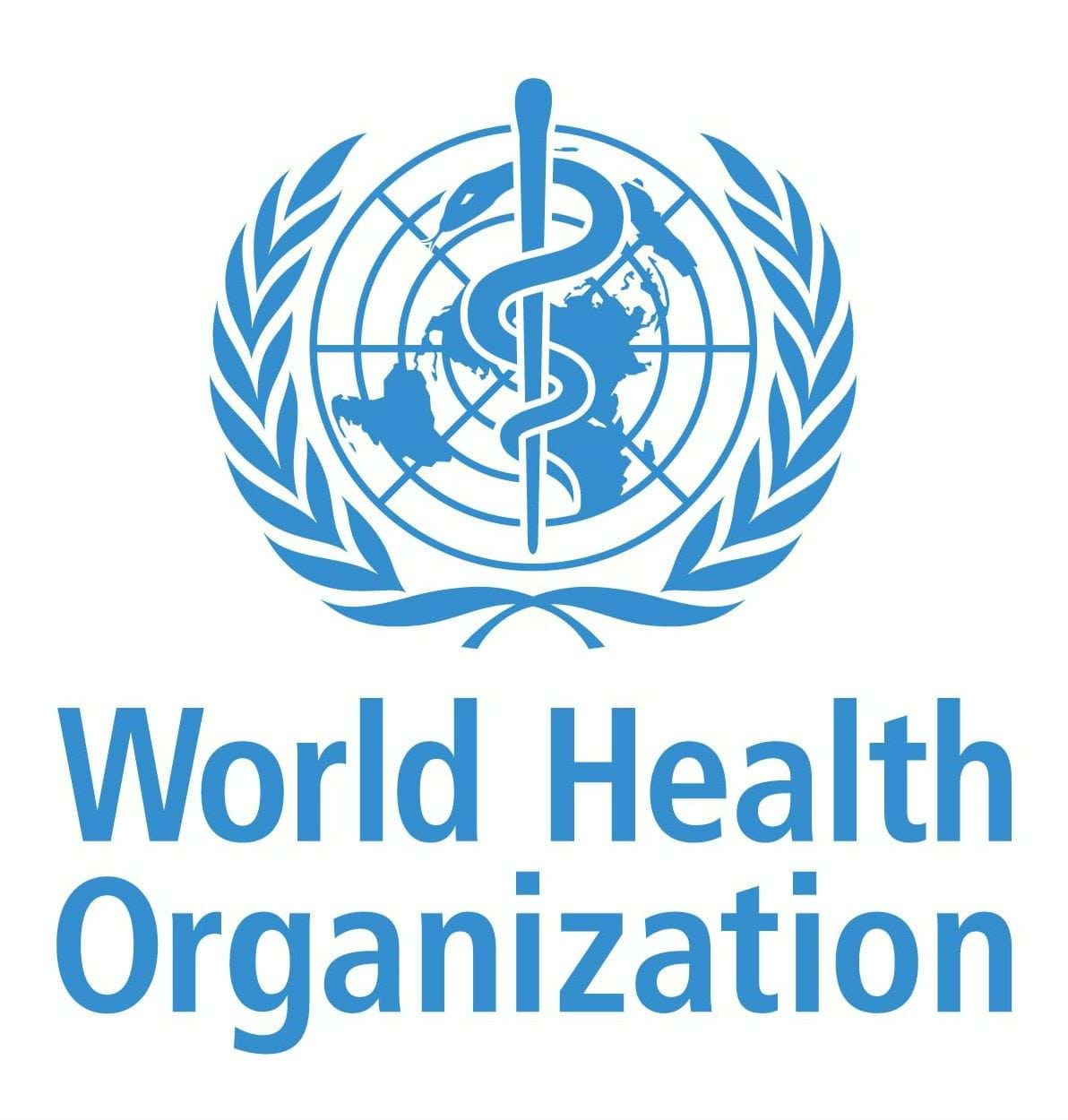Integration across the life course: Bridging noncommunicable diseases and sexual, reproductive, maternal, newborn, child and adolescent health

Overview
Noncommunicable diseases (NCDs) are the leading cause of death worldwide, responsible for more than 60 percent of global mortality. In 2021 alone, they killed 43 million people.
For women of reproductive age, NCDs represent a growing and urgent threat. Since most women conceive at least once in their lifetime, pregnancy and NCDs are increasingly intertwined. Conditions such as gestational diabetes, hypertension, asthma, and mental health disorders not only heighten risks for mothers and newborns, but also influence long-term health outcomes across generations.
Integration is the solution. Embedding NCD prevention, detection, and management into sexual, reproductive, maternal, newborn, child, and adolescent health services is cost-effective, sustainable, and equitable. It optimises health outcomes across the life course, reduces inefficiencies in fragmented systems, and ensures that women and adolescents receive comprehensive care. Proven models, such as integrating cervical cancer screening or glucose testing into family planning clinics, show how health systems can deliver multiple benefits through existing entry points.
This policy brief sets out clear actions: invest, fund and commit to policies that integrate NCDs into sexual, reproductive, maternal, newborn, child, and adolescent health, train and equip the health workforce, empower women, communities, and healthcare providers and mobilize partnerships and scale what works.
Integrating NCDs into maternal and reproductive health is no longer optional, it is a global health imperative. Smarter, stronger, and more inclusive health systems will save lives, reduce costs, and accelerate progress towards the Sustainable Development Goals.

.png?sfvrsn=6d0e27cd_1)



